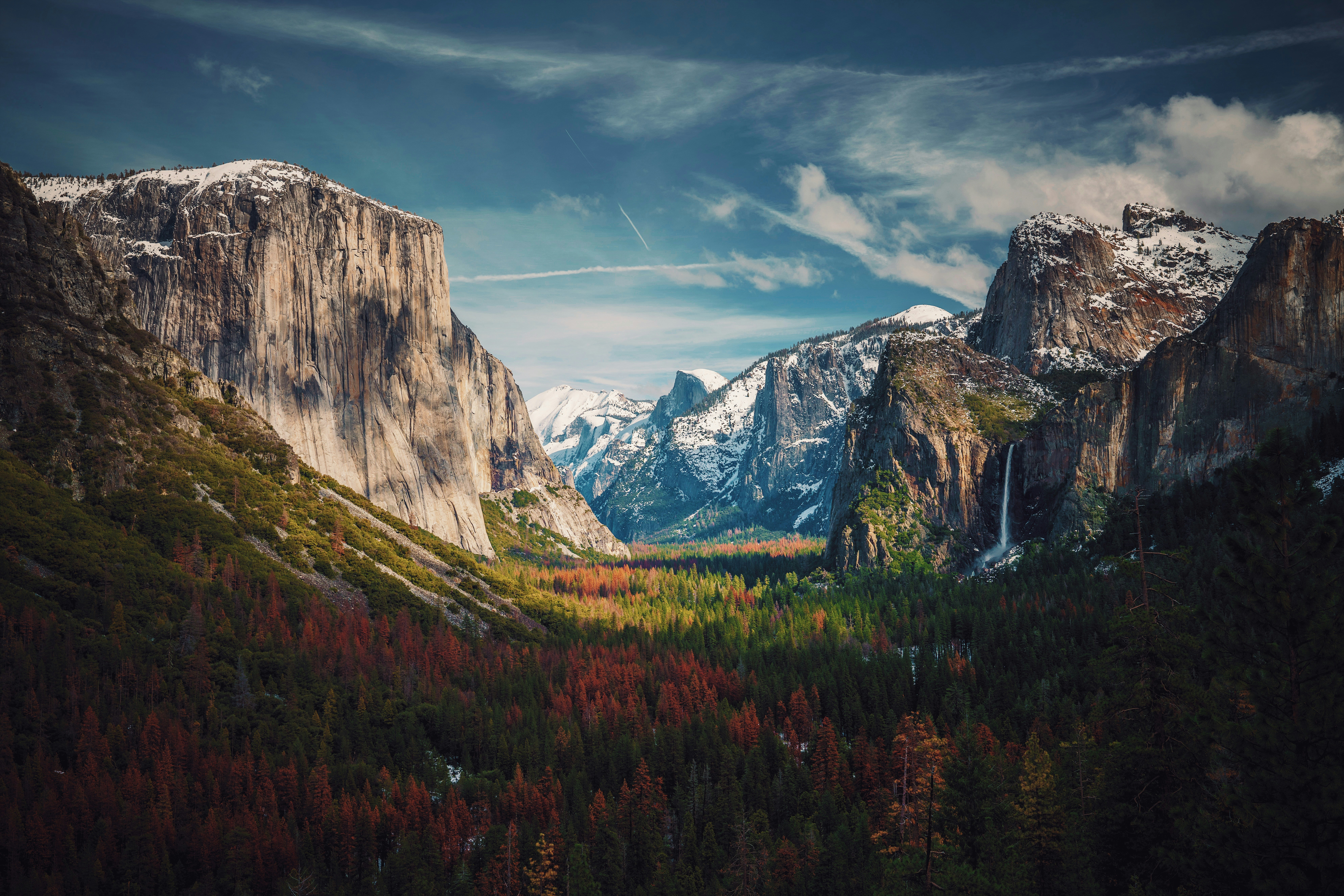In the heart of California’s Sierra Nevada mountains lies Yosemite National Park, a breathtaking landscape renowned for its towering granite cliffs, majestic waterfalls, and pristine wilderness. Among the park’s many wonders, one phenomenon stands out as particularly mesmerizing—the Firefall.
The Firefall is a natural spectacle that occurs in Yosemite’s Horsetail Fall during a brief window in late February. Under the right conditions, the setting sun casts its warm, golden light upon the waterfall, creating the illusion of cascading molten lava—a phenomenon that has earned Horsetail Fall the nickname “Firefall.”
The magic of the Firefall lies in its fleeting nature. For just a few days each year, usually around the second week of February, the angle of the setting sun aligns perfectly with the orientation of Horsetail Fall, illuminating the waterfall in a brilliant display of color. Cloudless skies and sufficient snowmelt to feed the waterfall are essential factors for the Firefall to occur.
Photographers and nature enthusiasts from around the world flock to Yosemite during this time, hoping to witness and capture the Firefall phenomenon. They stake out vantage points along the Merced River, setting up tripods and cameras in anticipation of the magical moment when the last rays of sunlight transform the waterfall into a cascade of liquid fire.
As the sun dips below the horizon, the anticipation among spectators reaches a crescendo. Suddenly, the waterfall begins to glow with an ethereal radiance, its waters transformed into a cascade of shimmering orange and red hues. The effect is surreal, as if the very heart of the mountain has been set ablaze by the dying light of day.
The Firefall has a rich history that dates back to the late 19th century when it was first observed by visitors to Yosemite. In the early 20th century, the phenomenon gained popularity as a spectacle that was often enhanced by park rangers who would push burning embers off the top of Glacier Point, creating a man-made “firefall” that tumbled down into the valley below. This practice was eventually discontinued due to environmental concerns, but the natural Firefall continues to captivate audiences to this day.
Beyond its visual splendor, the Firefall serves as a reminder of the delicate balance of nature and the profound beauty that can be found in even the most unexpected places. It is a testament to the power of light and color to transform the ordinary into the extraordinary, and a reminder of the magic that lies waiting to be discovered in the natural world.
For those fortunate enough to witness the Firefall firsthand, it is an experience that lingers in the memory long after the last rays of sunlight have faded from the sky. It is a moment of awe and wonder, a fleeting glimpse of nature’s sublime beauty that leaves an indelible mark on the soul. And in the timeless grandeur of Yosemite National Park, the Firefall continues to burn bright, a beacon of natural splendor that draws visitors from near and far to witness its breathtaking beauty.
